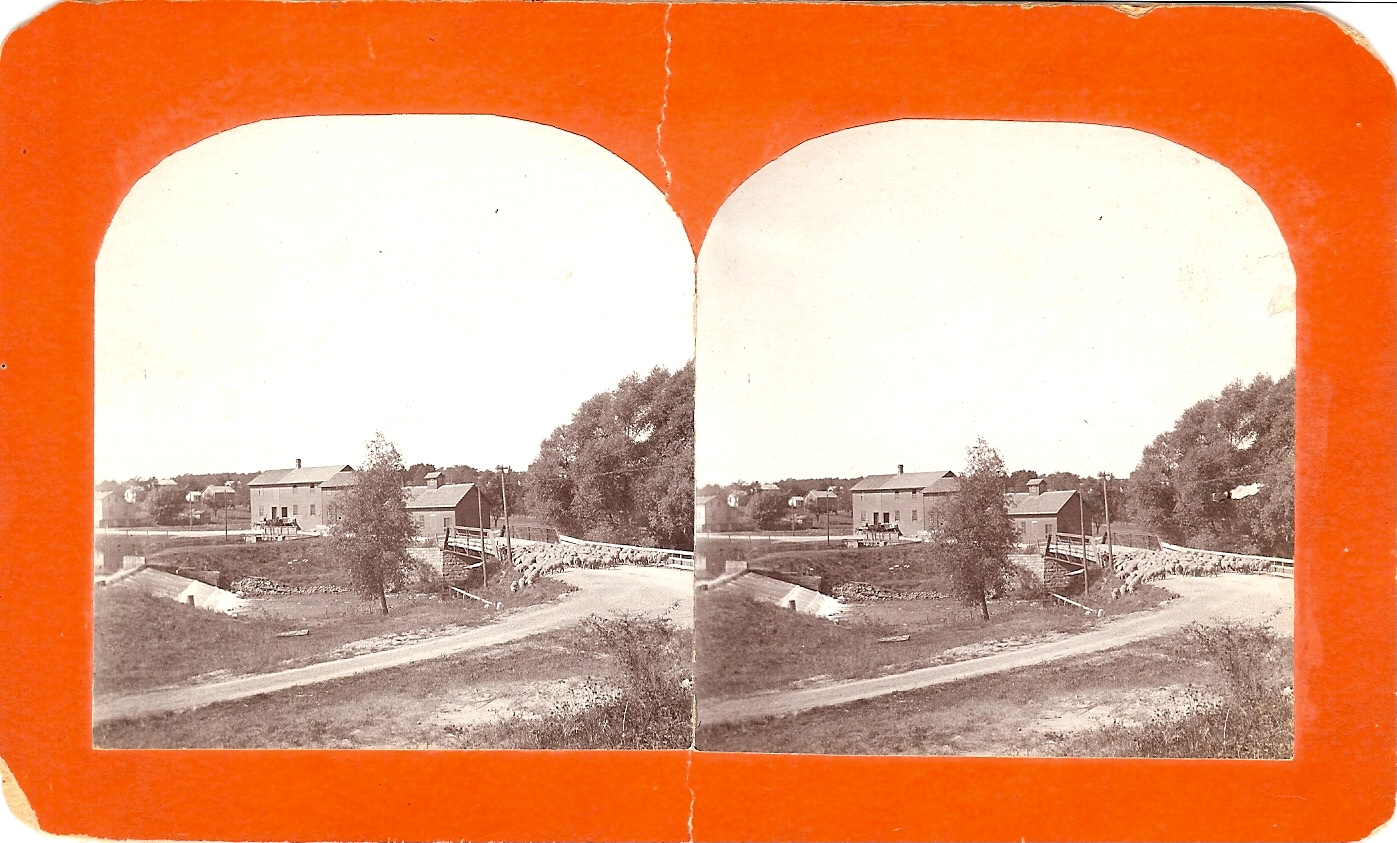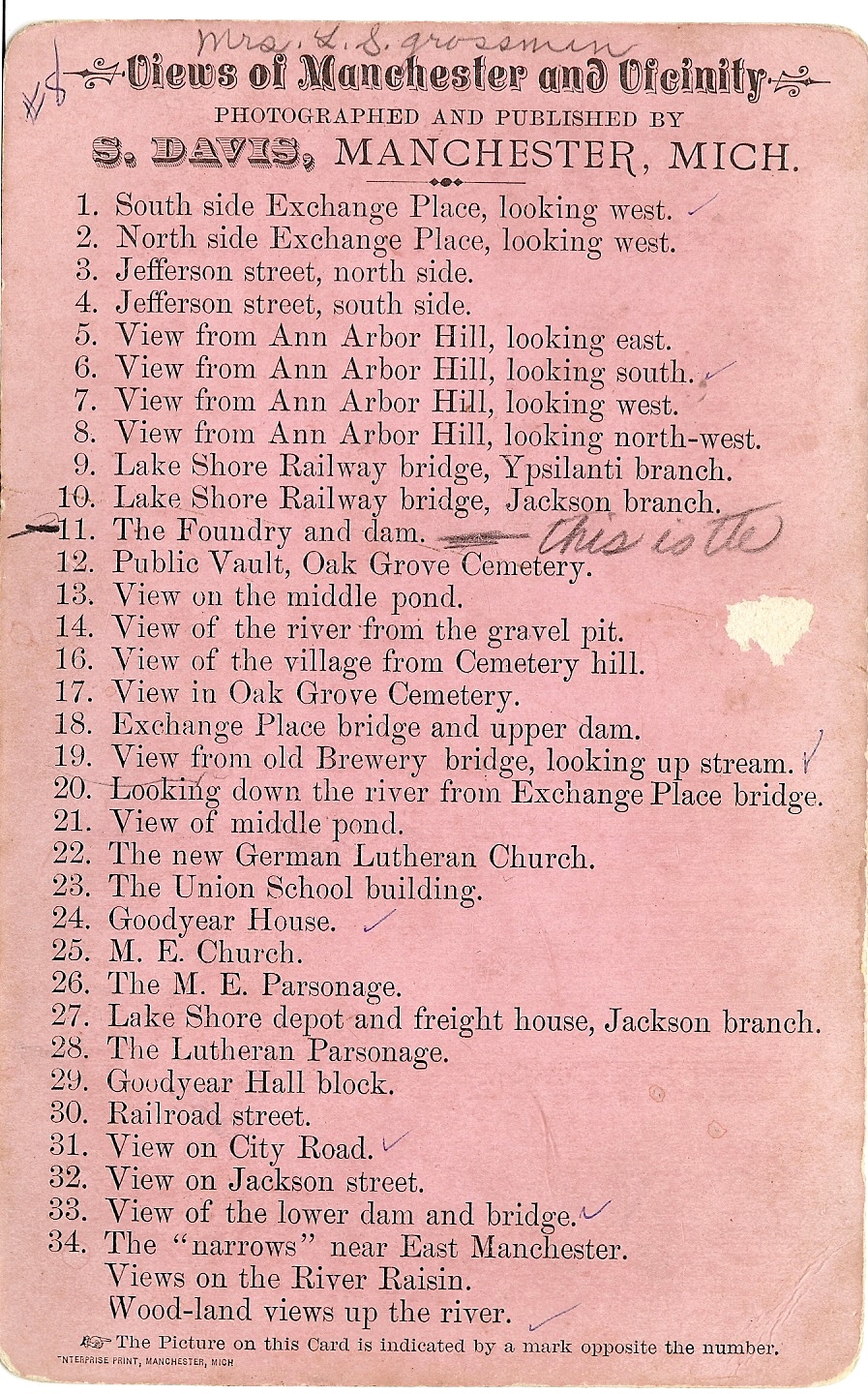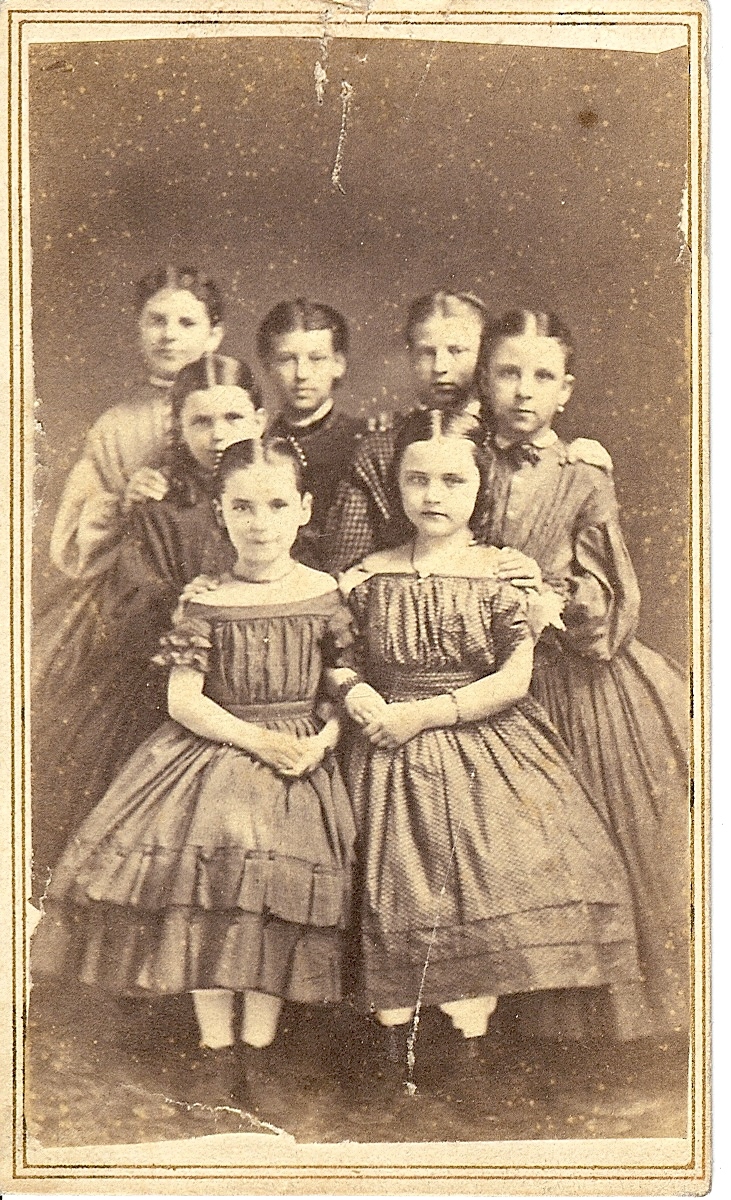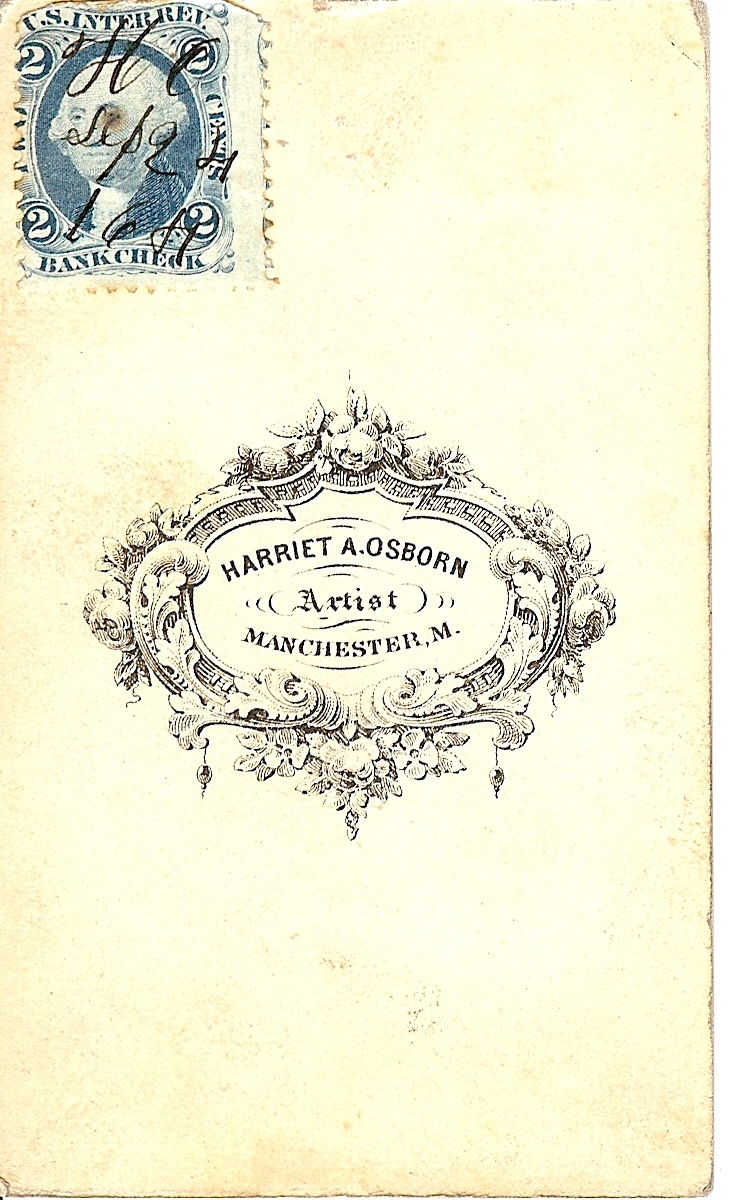Early Manchester Photographers – Part 2 of 4
by Ray Berg and Alan Dyer
In Part 1 of this series, the authors identified several early photographers who established studios in downtown Manchester in the 1860s through 1890s. We began with Susan T. Speechly, who operated studios in Manchester, Ann Arbor and Dundee, and specialized in formal portrait photography. Her business in Manchester was located in the upper level of the building now housing Ollie’s Pizza and Village Laundry. We continue in this part with other well-known photographers who exhibited different specialties.
Samuel Davis
Samuel Davis, another prominent Manchester photographer, was born in Indiana about 1835. He operated in Manchester from 1878 until 1887. Davis is best known today for his street scenes and unusual events photography. His series of photographs entitled "Views of Manchester and Vicinity Photographed and Published by S. Davis, Manchester, Mich.” are some of his best known surviving works. These views were in the form of stereographs, with each print containing a list on its reverse side of other photographs in the series. Other photographs, which served as funereal memorial cards, were printed with room for a floral tribute, associated wording, and the portrait of a deceased person.
Figures 4a and 4b show the front and back of one such stereographic card, labeled “The Foundry and Dam”, located where the Village Hall now stands. These photographs were widely sold during the stereographic fad of the 1880s.
On June 20, 1878, the Manchester Enterprise reported that: “Mr. S. Davis of Brighton will take possession of the photograph rooms in the Union Hall Block in this village, next week. He shows a line of pictures representing his work which are first-class and as he does all kinds of work, in India ink and water colors, no doubt our citizens will give him their generous support.” The Enterprise continued to give glowing endorsements of Davis’s work. In August 1878, Davis began his photographic series, and the Enterprise reported: “We understand that Davis the Photographer talks of making some views of the picturesque village of Manchester. We advise our citizens to cut down the mulleins and tallest weeds, so that their buildings can be seen.” By September, Davis had sold out his entire production, and expanded the line of available views and offered package discounts.
On June 26, 1879, the Enterprise reported: “Davis, the photographist has just completed a beautiful picture of the Senior Class. In the centre is a view of the Union School building, above it is a faithful likeness of Prof. Miller, and tastefully arranged at the bottom and sides, are the ten members of the class. The size, style and quality of work is much better than any that has gotten up before in this village, and reflects credit upon the photographist.” We consider the contemporary use of the term “photographist” to be a combination of photographer and artist, something that denoted a photographer who was especially accomplished.
In July 1881, Davis moved into new rooms on the east side of the river in the Burtless Building. His home was on Beaufort Street, south of the Methodist Church. He continued his stereographic view series and expanded his line of offerings. On April 7, 1886, Manchester experienced a severe snowstorm which Davis extensively photographed. Figure 5 shows a scene on Main Street from this storm that turned out to be one of his best-sellers. But on February 24, 1887, the Enterprise reported: “Sam. Davis has sold his photograph gallery to Miss Laura Green, who took immediate possession. Sam has a farm in the western part of the state and he will probably become a horny-handed granger. Success to him.” The farm was actually in New Carlisle, Indiana, but the Davis family maintained steady contact and visits with their Manchester friends into the 1890s.
Figure 4a – Samuel Davis stereographic view,
“Foundry and Dam” in Manchester, circa 1878.
Figure 4b – Reverse side of Samuel Davis’ stereographic series
of Manchester views, circa 1878.
Figure 5 – Manchester snowstorm scene, April 7, 1886, by Samuel Davis
Harriet A. Osborn
Harriet A. Osborn is among our earliest known photographers, and was born as Harriet A. Van Riper about 1845. She and Sanford Osborn were married on April 21, 1859, at the home of her father, Hassel Van Riper, in Moscow Township, Hillsdale, Michigan. She began her photographic career in Brooklyn in 1863 during her husband’s service as a Civil War soldier in the Third Michigan Cavalry. By 1864 she had moved her studio to Manchester. Sanford Osborn died at their home in Oceana County, Michigan, on March 15, 1873. Harriet never remarried. She died May 12, 1901 in Delray at the home of her son.
The Manchester Enterprise began publication in 1867, so there are no write-ups by Mat Blosser on Harriet Osborn. It appears she may have left Manchester and/or ceased her photography business when her husband returned from the Civil War. Her work, however, is among some of the earliest extant photos we have uncovered, and some of them are included in the Addison D. Kief photo album mentioned in Part 1 of this article.
An interesting aspect of the Osborn photos, as well as others taken during the Civil War, is the presence of a U. S. Internal Revenue Service stamp (typically 2 cents), affixed with a signature and date on the back of each photograph. The Civil War, which popularized photography to a new degree, created a heretofore unknown demand for cheap portraits as men marched off to war, wishing to leave portraits behind, or to take those of their loved ones with them. This fact did not escape the notice of the Treasury Department. Charged with raising as much money as possible for the war, its fledgling Office of Internal Revenue levied a stamp tax in August 1864 on what it quaintly referred to as "sun pictures".
This law, which also required a date and the photographer’s endorsement, is an extraordinary aid in identifying the time period and location of these old photographs. Figure 6 shows a young grouping of Kief family girls and/or friends (and one male friend?) taken September 1864 in Manchester. The girl in the front row right is Ella Louise Kief. The Kief family was prominent in early Manchester development and social affairs.
Figure 6 – Harriet Osborn Photograph of Ella Louise Kief and Relatives/Friends, Front and Rear –
Manchester, September 1864
We will continue our review of early Manchester photographers in Part 3 of this series.















You must be logged in to post a comment Login